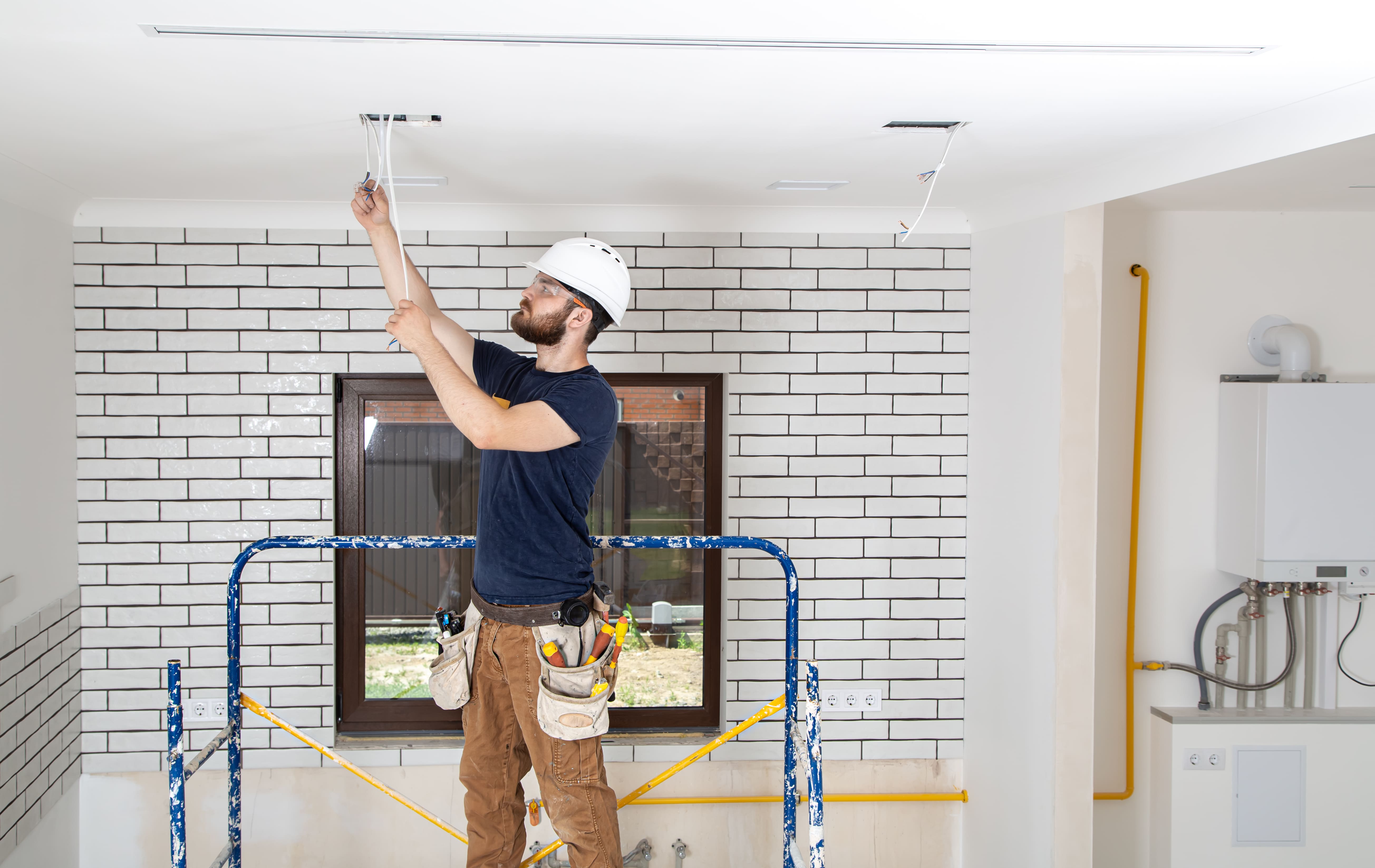



Common Mistakes to Avoid in Gypsum Work
Gypsum, or drywall, is commonly used in walls and ceilings to create smooth and uniform surfaces. It is a naturally occurring mineral moulded into panels that provide fire resistance, sound insulation, and durability. The installation of gypsum is a careful process that impacts overall construction quality.
Gypsum panels are lightweight, easy to install, and cost-effective, making them the best option for all kinds of buildings. Proper guidance and attention to detail are crucial in ensuring construction of aesthetically pleasing buildings.
Mistakes in gypsum work can compromise the structural integrity of the work. Rectifying mistakes in gypsum can be time-consuming and costly, requiring additional labour and materials. Still, it's far better than brick-and-mortar construction without the support of computer-aided technologies.
Let's check out some common mistakes and how to address them for quality construction projects.
Surface Preparation is the foundation for successful applications of various finishing materials, including paint, wallpaper, or gypsum panels. A properly prepared surface makes the materials bond effectively, reducing common headaches after installation. Without proper preparation, finishes are susceptible to premature wear and damage, leading to costly replacements later.
The correct missing ratio is crucial in many construction applications, particularly in tasks involving materials like gypsum. Precise proportions ensure that gypsum compounds achieve the desired consistency, which affects the material's workability and strength.
Proper application is essential to achieving high-quality gypsum work. This helps create a seamless finish by minimizing visible imperfections and providing best results. Strong adhesion and bonding between gypsum materials and the substrate are crucial to attaching the work to surface. Properly applied gypsum materials contribute to the strength and stability of construction. Here is what to consider in application techniques.
An excessive number of joints can compromise the quality of the finished surface. Each joint represents a potential weak point in the gypsum work. Too many joints in the wall or ceiling surfaces increase the likelihood of cracks forming over time. They also disrupt the visual continuity of the surface by creating a patchwork appearance, affecting the overall aesthetic appeal of the space.
Conclusion
Gypsum is a versatile construction material that provides superior finishes and structural integrity. Skimping on any step leads to problems, from mirror aesthetic imperfections to structural issues. Prioritizing quality control measures and investing in proper techniques are inevitable for your work's long-term results. Always stick to the manufacturer's instructions regarding mixing ratios, application techniques, and drying times for gypsum materials.
Make sure you are providing training and education for construction workers to improve their skills. Quality materials and tools throughout the construction process are equally important. They help achieve better results and reduce the risk of issues like cracking delamination, and uneven finishes. Also, regular inspections should be conducted throughout the process to identify any issues with planned specifications.
Quality control measures help you maintain consistency and reduce risks in the process. Understanding the importance of gypsum and its proper installation in construction projects can improve the outcome of your efforts.